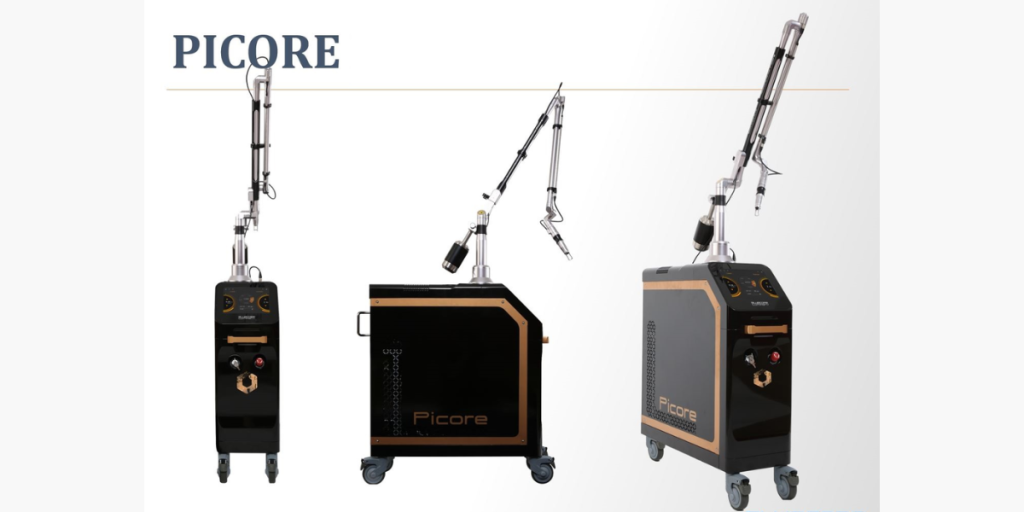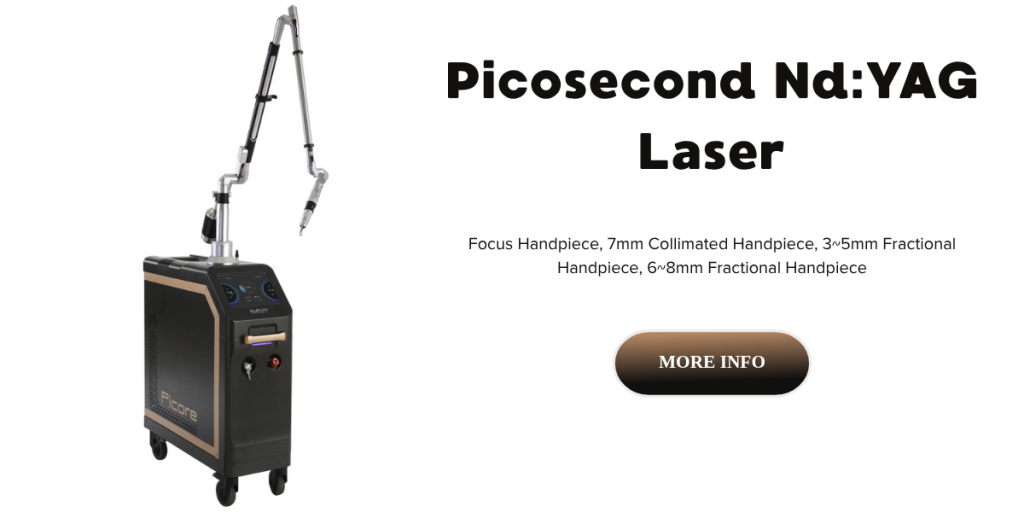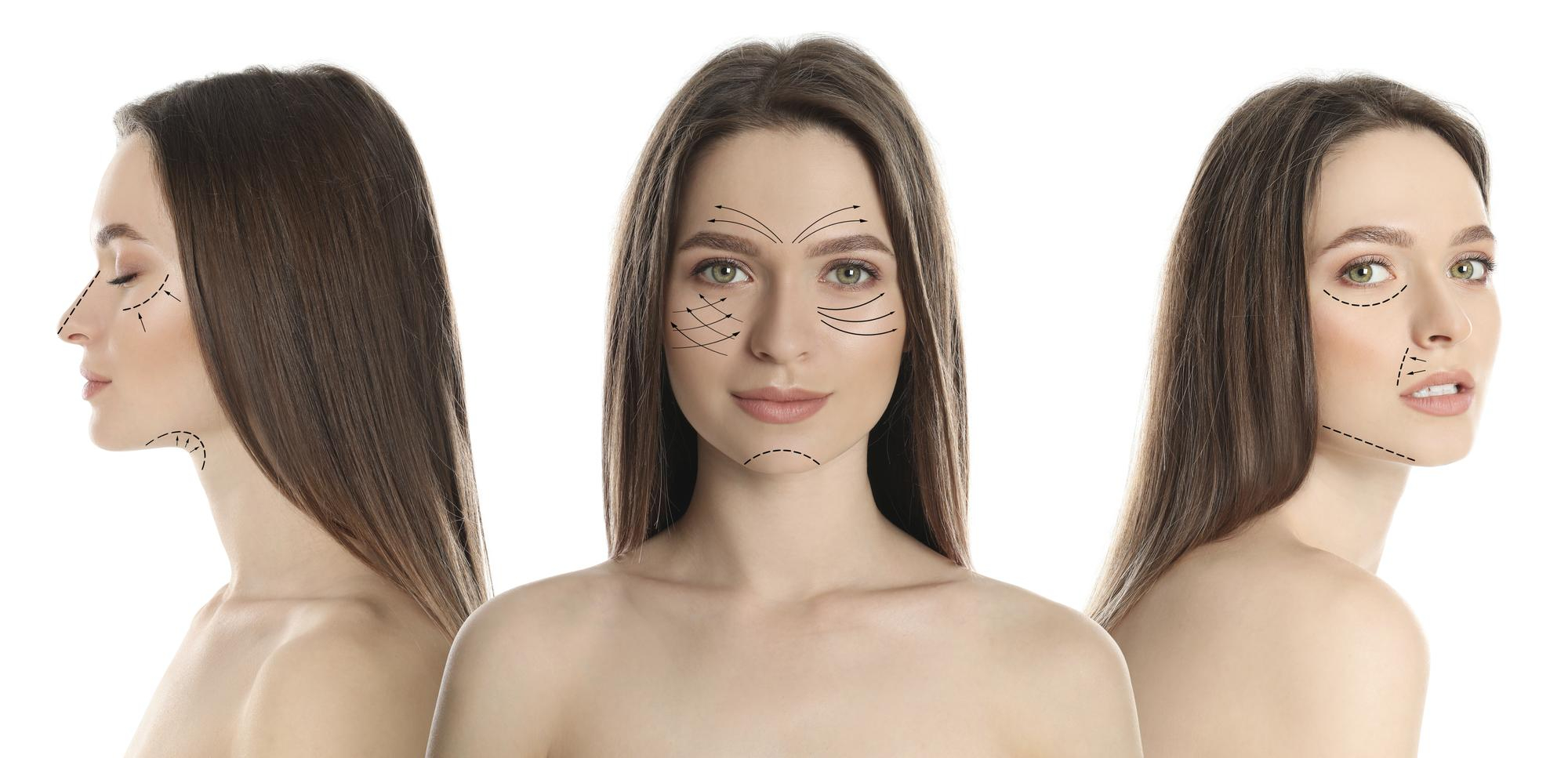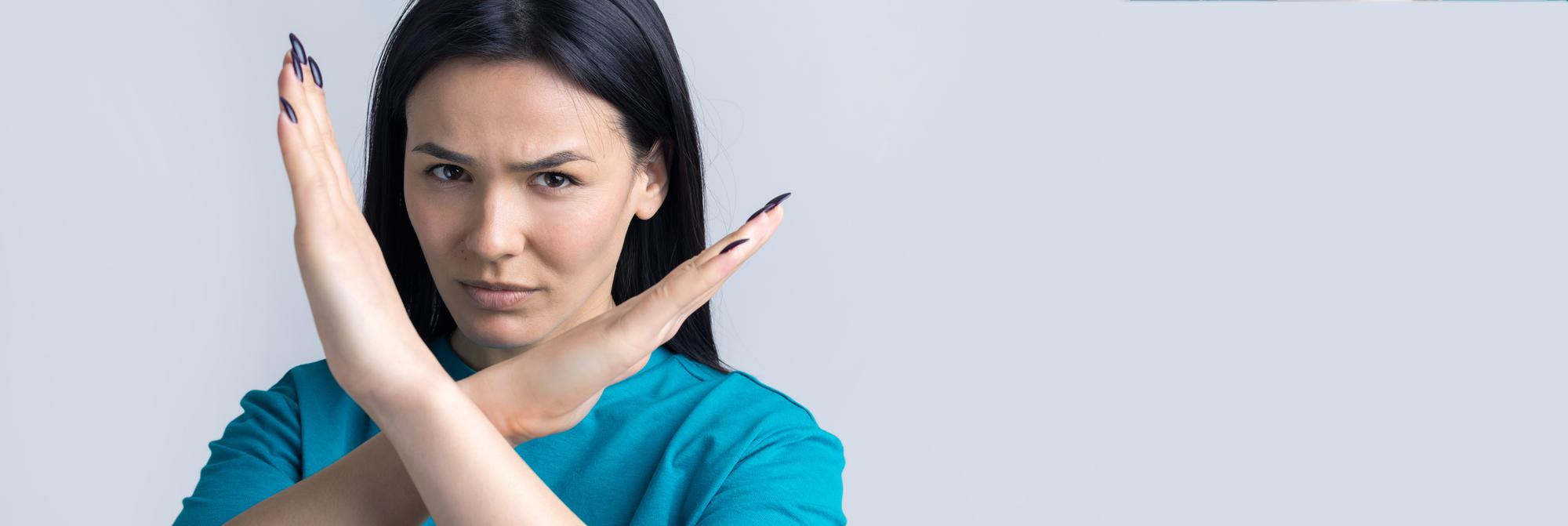Cosmetic Surgery for Stretch Marks: Realistic Results, Modern Lasers, and When Surgery Makes Sense
Stretch marks are a normal part of skin’s story—growth spurts, pregnancy, weight change, and hormones can all write those lines. While no treatment can erase them completely, the right plan can fade, smooth, and blend them so they’re far less noticeable. This guide explains when cosmetic surgery is appropriate, how lasers and energy devices fit in, and what to expect—plus a quick buyer’s guide for clinics considering pico and Q-switch platforms and a spotlight on Picore by Pyramid Healthcare.
What stretch marks are—and why they look the way they do
Stretch marks (striae) form when the skin’s elastic fibers are stretched beyond their capacity.
Two common stages:
- Striae rubra: new, reddish or purplish marks; inflammation and blood vessels are more visible.
- Striae alba: mature, pale or silvery lines with texture changes and thinning.
Because the dermis is disrupted, simply moisturizing rarely remodels the deeper architecture. That’s where targeted procedures help.
Can cosmetic surgery remove stretch marks?
Surgery doesn’t treat stretch marks directly—you can’t laser or cut out every line everywhere. But surgical excision can remove skin that contains stretch marks if that skin is already being removed for contouring reasons.
- Abdominoplasty (tummy tuck): Can remove many lower-abdominal stretch marks if they sit below the navel. You’ll have a surgical scar placed low along the bikini line.
- Breast lift/reduction: Can remove some stretch-marked skin on the lower breast.
- Body lift/thigh lift/arm lift: After major weight loss, excision can remove redundant, striae-marked skin.
Best for: patients who already need contouring, have redundant skin, and accept surgical scars, downtime, and cost. If you don’t need a lift or tuck, non-surgical approaches are usually first-line.
Non-surgical technologies that help
Most improvement comes from stimulating new collagen, elastin, and improving tone and texture. Depending on the stage and color of your striae, clinicians may combine therapies:
Fractional ablative lasers (e.g., fractional CO₂ or Er:YAG): Create microscopic columns of controlled injury to remodel texture. Often produces the most visible smoothing for mature striae alba. Expect redness and a few days of downtime.
Non-ablative fractional lasers (e.g., 1540/1550 nm): Gentler than ablative; good for texture with less downtime.
Vascular lasers (e.g., pulsed dye at 585–595 nm, or 532 nm KTP): Reduce redness and early inflammation in striae rubra.
Picosecond platforms with fractional/diffractive optics: A pico laser machine—also known as a picosecond laser machine—uses ultra-short pulses that can create laser-induced optical breakdown (LIOB) and trigger dermal remodeling with minimal surface damage. Clinics sometimes add fractional picosecond passes to improve texture and blend.
Q-switched lasers: A Q-switched laser machine is excellent for pigment and ink. In stretch marks, select protocols may help blend color irregularities, but Q-switch alone is not the primary tool for texture change.
Radiofrequency microneedling (RF-MN): Needles deliver heat below the surface to thicken and smooth. Useful across skin tones and often paired with fractional lasers.
PRP or growth factor serums: Often added after microneedling/laser to support healing.
Prescription topicals: Tretinoin or retinaldehyde can support collagen over time (avoid during pregnancy and breastfeeding). Hyaluronic acid and silicone gels aid in barrier and hydration.
Most plans mix modalities over several sessions to address both color and texture.
What results look like—and how long they take
Improvement, not erasure: Expect softer edges, smoother feel, and color that blends better. Many patients see noticeable changes after 3–6 sessions, spaced 4–8 weeks apart.
Downtime: From none to about 3–5 days, depending on device and settings.
Comfort: A Topical anesthetic is common. Picosecond and non-ablative fractional options typically have milder recovery than ablative lasers.
Maintenance: Occasional touch-ups help, especially if weight fluctuates or during hormonal changes.
Safety, skin tones, and candidacy
All skin tones can be treated, but settings and device choice matter. Test spots and conservative parameters help reduce the risk of hyperpigmentation in darker skin types.
Avoid active infections, open wounds, or recent isotretinoin (typically wait 6–12 months for ablative procedures; confirm with your clinician).
Pregnancy/breastfeeding: Postpone most laser and prescription retinoid treatments.
Sun safety: Strict SPF and sun avoidance before/after sessions are crucial to reduce complications.
Smart combinations by stretch mark stage
Early red/purple (striae rubra): Vascular laser to reduce redness, plus non-ablative fractional or picosecond fractional for early remodeling; add topicals.
Mature white (striae alba): Fractional CO₂ or Er:YAG for texture + RF microneedling; consider fractional picosecond passes for additional dermal stimulation; pigment blending when needed.
Laxity with extensive striae: Evaluate for excisional surgery (e.g., tummy tuck) if removal of redundant skin aligns with your goals, then refine residual lines with lasers/RF.
For clinic owners: choosing technology that covers more than tattoos
If your practice already operates a laser tattoo removal machine, you may be closer than you think to offering complementary protocols for striae. A few pointers:
Picosecond vs Q-switch: Picosecond systems can support fractional/diffractive optics that stimulate remodeling with minimal surface disruption. Q-switch remains stellar for pigment and ink; for stretch marks, it’s an adjunct for color rather than texture.
Plan for versatility: When shopping for laser tattoo removal equipment, look for platforms with optional fractional handpieces so you can expand from tattoos and pigmentation into scars and stretch marks.
Budget and value: The Q-switch laser machine price varies widely based on brand, peak power, wavelengths, spot sizes, cooling, certifications, warranty, and training. Evaluate the total cost of ownership, not just the sticker price.
Due diligence: If you’re evaluating a tattoo removal machine laser, ask about clinical protocols for striae, availability of fractional or diffractive lens arrays, fluence stability, service coverage, and hands-on training.
Keywords often overlap across applications, but your outcomes hinge on protocols, practitioner skill, and whether the device includes the right optics for dermal remodeling.
Product spotlight: Picore by Pyramid Healthcare

Picore is a laser platform from Pyramid Healthcare designed for high-performance aesthetic use. Many practices exploring picosecond solutions consider systems like Picore for tattoos, pigment concerns, skin revitalization, and adjunctive scar/striae protocols.
What to ask and look for as you review the Picore product page:
- Available wavelengths and pulse durations
- Whether fractional/diffractive lens options are offered for scar and stretch mark remodeling
- Peak power, maximum fluence, and spot sizes
- Cooling mechanisms, ergonomics, and build quality
- Regulatory clearances in your region
- Warranty terms, service network, and training support
- Clinical protocols, before/after galleries, and consumable costs
Explore the product page for full specifications and demos: https://www.pyramidhealthcare.in/product/picore
At-home care that supports in-clinic results
- Daily SPF 30+ on treated areas
- Gentle cleanser and bland moisturizer for barrier support
- Retinoid at night (if appropriate), paused 3–7 days before/after procedures
- Avoid picking/scratching; let flaking or redness resolve naturally
- Stable weight, regular exercise, and a protein-rich diet to support healing
FAQs
Will creams alone remove stretch marks?
Topicals can subtly improve color and texture over months. For visible smoothing, in-clinic energy-based treatments are more effective.
How many sessions will I need?
Often 3–6, spaced 4–8 weeks apart, then maintenance as needed.
Does it hurt?
Most treatments are well-tolerated with topical numbing. Ablative lasers have more downtime but can deliver stronger texture change.
Can darker skin be treated?
Yes, with the right devices, conservative settings, and strict sun protection, test spots are important.
The bottom line
Stretch marks can be softened and blended—sometimes dramatically—when you combine the right technologies with realistic expectations. Surgery makes sense when you already need contouring and are comfortable with surgical scars. Otherwise, fractional lasers, RF microneedling, and modern picosecond approaches can steadily remodel texture and tone.
If you’re a patient, consult a board-certified dermatologist or plastic surgeon for a personalized plan. If you’re a clinic, ensure your platform—whether a pico laser machine, a picosecond laser machine, or a Q-switch laser machine—includes the optics, training, and support to deliver safe, reproducible results across skin types.





